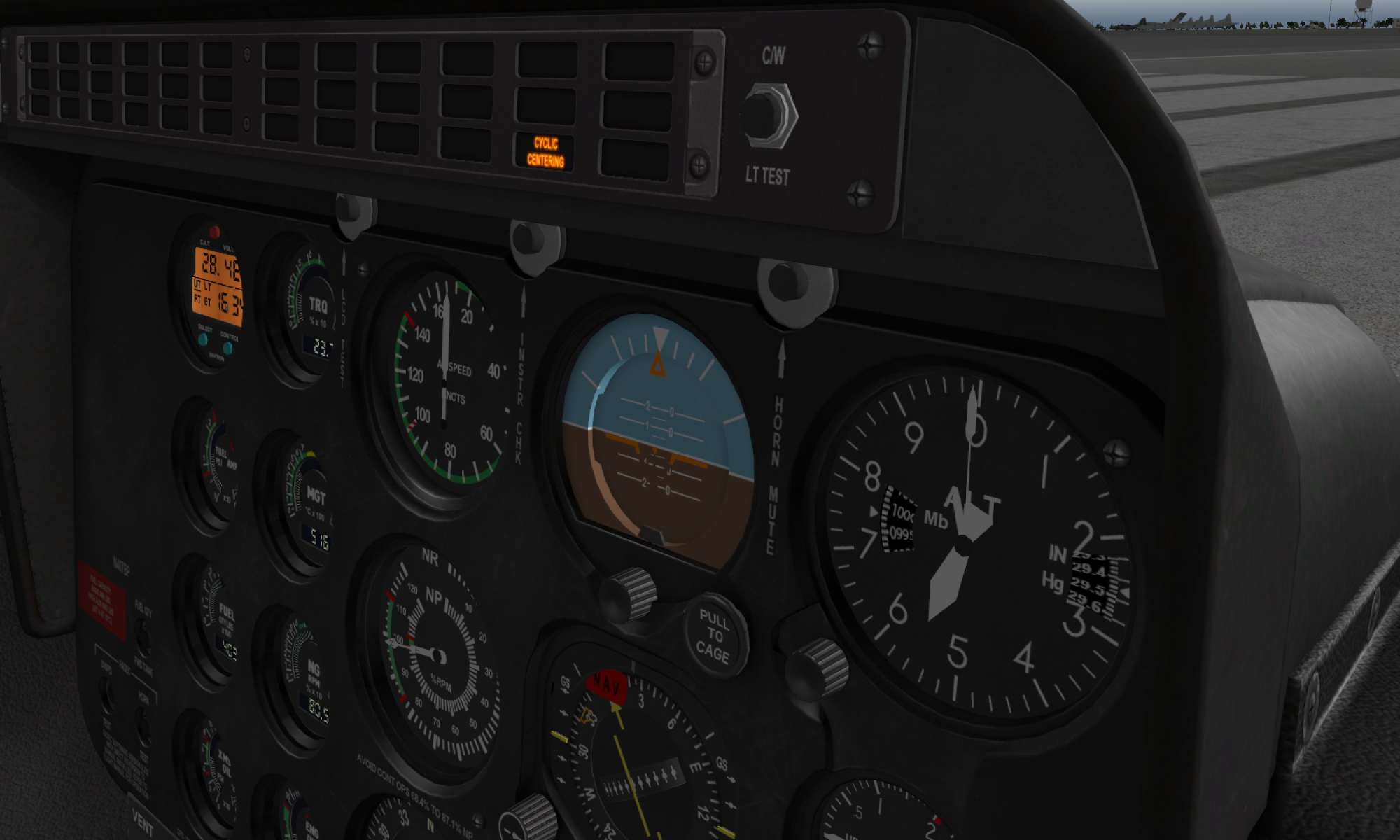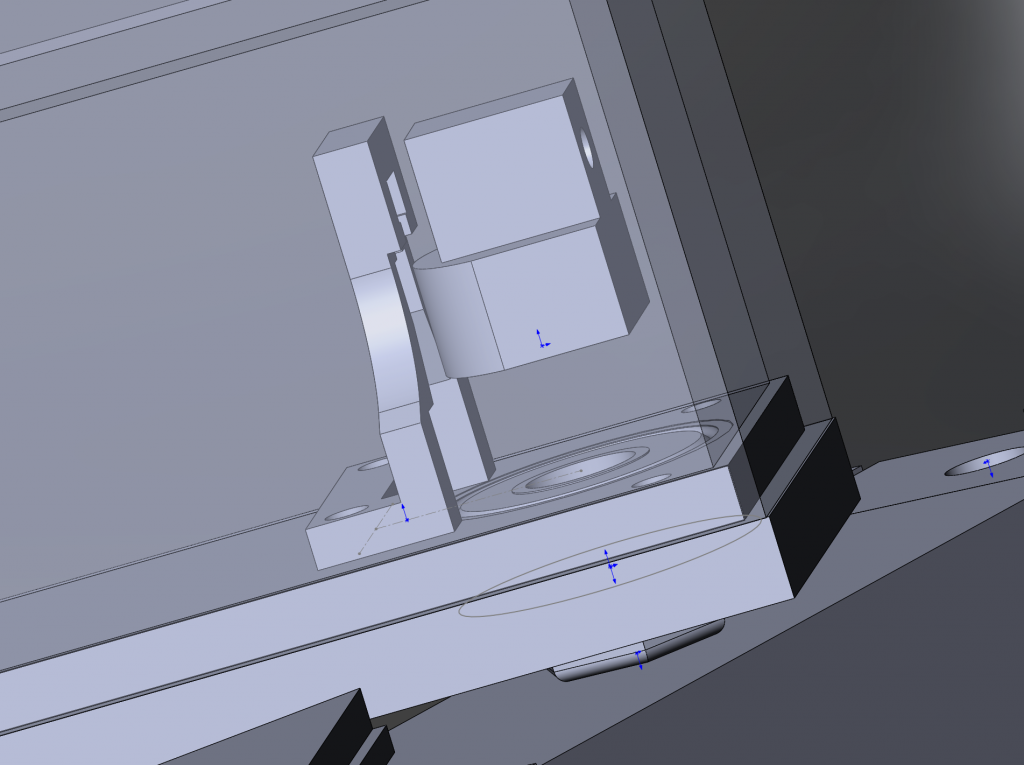While building another set of helicopter pedals, I’ve accidentally cracked the wall of the frame in its weakest spot while press-fitting a 300mm piece of aluminum tubing.
As the frame is quite a long print, requiring some noticeable amount of plastic, I felt the need to do something with this problem (which I have already tried to address a while ago by inclining the tubing slot to reduce its shrinkage). As the fit is quite tight (which is intended) depending on a printer (and temp used to print parts, which should be higher than usual for pedals, I use 225 degrees centigrade for regular PLA, at first, try printing a frame leg and fitting it on a piece of aluminum tubing, it should not break), and also tubing used (there’s a tubing that is 9,8mmx 19,8mm and there’s a tubing that is 10,0×20,0) it may become overly tight. In this case, one needs to sand it a bit, but if the available clearance is misjudged, the frame can crack. Of course, that’s what happened to me (again!) =)
So, here’s the fix, that hopefully will straighten things out:
I have added 10mm extra width to the back of the frame and removed the forward slot for aluminum tubing because of aesthetical reasons (I’ve never used it anyway, and to make it reliable I would have had to add a similar “thing” to the front of the frame, which would have looked kinda out of its place). Note that I have also added a little chamfer, hoping to reduce shrinkage on edges thus reducing chances of an overly tight fit.
I have also added a mod with rubber band holders removed. I have been testing the spring-loaded version for a while now, and it works perfectly (better than rubber bands) yet this is a very refined thing I like to improve gradually. Besides, one can still use it with rubber bands just fine, but note that the latest force-trim mode for a spring-loaded cyclic will only work with pedals with springs. That’s because pedals have to return to the same exact spot every time when released, what actually cannot be achieved with rubber bands.
I hope to be able to print the new frame until tomorrow and tell you guys how things worked.
All changes are already in the repo.


